Stunning Animals from our National Parks
America's National Parks are some of the country's greatest treasures. While many focus on their spectacular beauty (for good reason), the National Parks System is home to an incredibly diverse array of wildlife. From tiny birds with jewel-toned feathers to majestic bears, get to know just a few of the amazing animals who call our parks "home."

American Antelope
Found at: Yellowstone National Park
You might be surprised to find out that there's a species of antelope native to America. But the nickname is a little bit of a misnomer — they're technically called "Pronghorns," and they're own category separate from antelope or deer. The difference? It's all in the horns. Antelope have unbranched horns and deer have branched antlers that shed annually. Pronghorns have branched horns. However, they're still pretty cool.
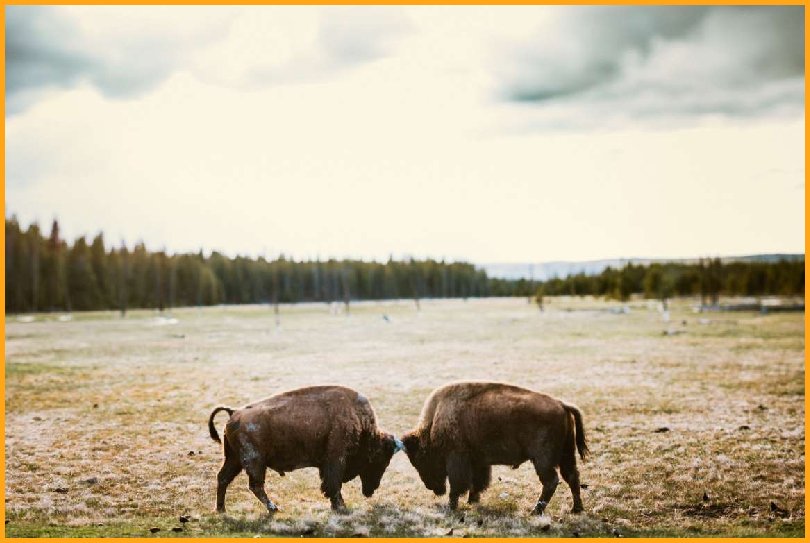
American Bison
Found at: Yellowstone National Park
Bison almost became extinct in the late 1800s, numbering only a few hundred in the world. Today, they thrive. Bison are the largest mammal in North America and, in 2016, became the other living symbol of America (besides the Bald Eagle).
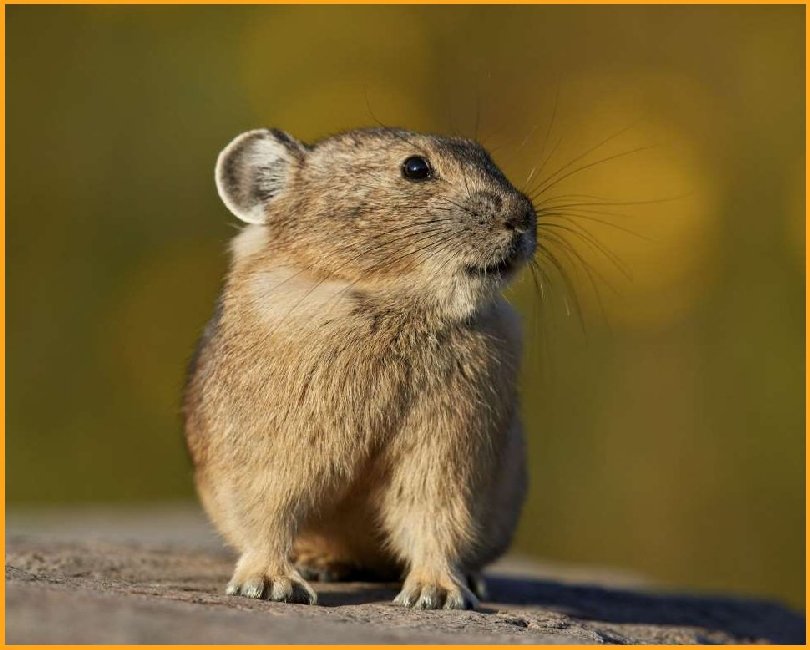
American Pika
Found in: San Juan National Forest, Colorado
Cute, right? The tiny Pika is related to rabbits and live in colonies. But, they're not really group animals. Males and females live separately, aside from breeding seasons.

Bald Eagle
Found in: San Juan National Forest, Colorado
We see this patriotic bird everywhere — on money, on sports team logos, and even the Muppets. But it still takes our breath away to glimpse the spectacular sight of a soaring Bald Eagle. Its wingspan alone can be up to 8 feet.
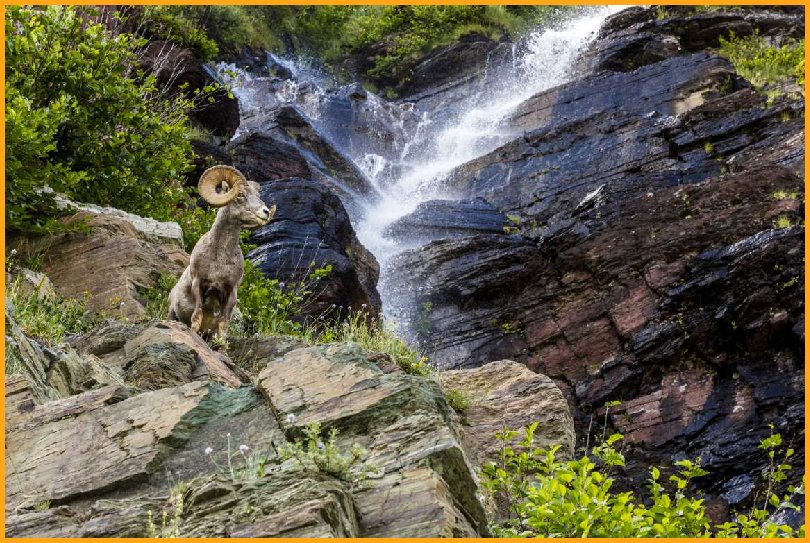
Bighorn Sheep
Found in: Glacier National Park, Montana
Bighorn sheep are adventurers that can live in mountainous areas with ledges that can be as small as 2 inches. These interesting animals also have a remarkable past. They were almost extinct in 1900, but a conservation movement started by President Theodore Roosevelt brought them back from the brink.

Black-Tailed Buck
Found in: Olympic National Park
They're a bit common, yes, but we still love to spot Black-Tailed deer and bucks in the wild. Depending on the season, they'll have a different coat. In the winter, their coats have a greyish-brown hue, while in the summer, they're more reddish-brown..

Caribou
Found in: Denali National Park & Preserve, Alaska
Caribou are recognizable by their massive antlers. Shed every year and grown over a 3-6 month period that usually starts in March (for males) and June (for females). The developing antlers act as a sort of cooling system for the summer months. (When it's hot, blood rushes to the antlers, which is then cooled by outside air.)
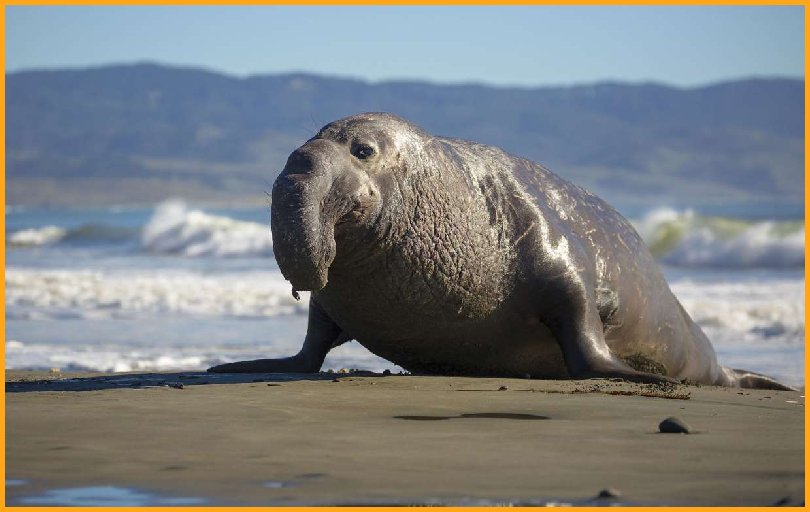
Elephant Seal
Found in: Point Reyes National Seashore, California
They're truly the "elephants" of the sea, with largest variety (Southern Elephant Seals) growing up to 20 feet and weighing 8,800 pounds. The Northern Elephant Seal is smaller by comparison, growing up to 13 feet (males) and 10 feet (females) in length.
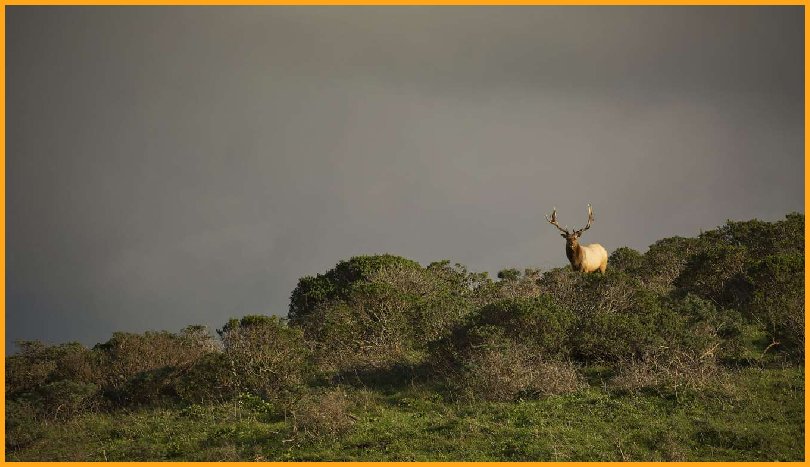
Tule Elk
Found in: Point Reyes National Seashore, California
This subspecies of elk is unique to California, and held their population at around 500,000 for thousands of years. Yet, they were nearly wiped out during following the 1849 gold rush by prospectors. Today, they've bounced back to about 3,200.
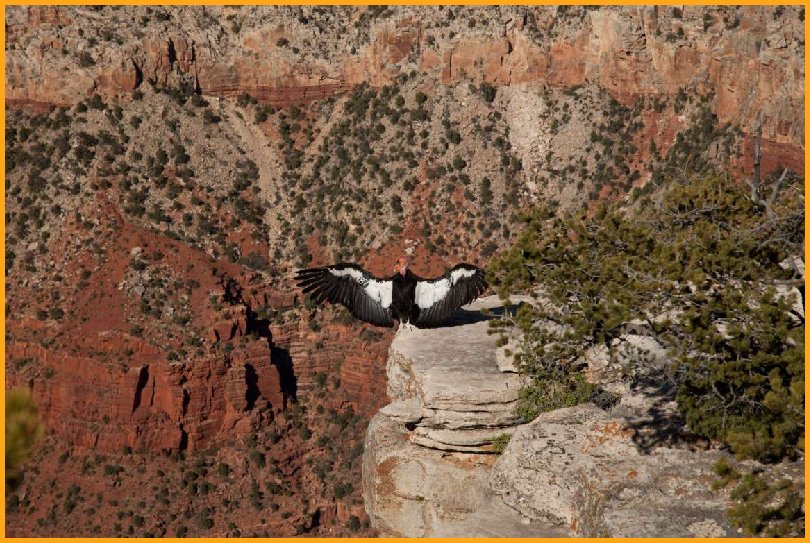
California Condor
Found in: Point Reyes National Seashore, California
They may not be the prettiest birds, but they're by no means unimpressive. The wingspan of the California Condor can be up to 10 feet, allowing the birds to fly as high as 15,000 feet.

Cedar Waxwing
Found in: Fire Island National Seashore
Though more petite than other birds on our list, they have strength in numbers: Thousands of waxwings travel together during migration and winter.

Chipmunk
Found in: San Juan National Forest
Yes, they're another common entry on our list, but who isn't charmed by these tiny rodents. A member of the squirrel family, Chipmunks are extremely resourceful. In just two days, they can find and collect enough food to last all winter.

Cougar
Found in: Zion National Park
Though you wouldn't want to encounter a cougar while you're on a hike, the chances aren't exactly high. They're wary of people and attacks have numbered around 100 total (across the United States and Canada) since 1890. Surprisingly, cougars are more closely related to domestic cats than tigers, lions, and jaguars. The main difference is that they can't roar.
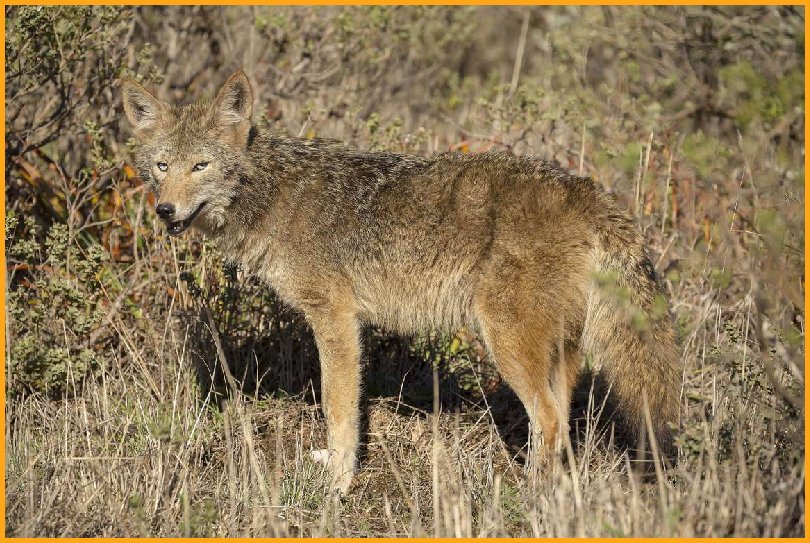
Coyote
Found in: Point Reyes National Park & Seashore
Though their numbers have boomed so much that they've become pests (not to mention threats) in even urban settings like Los Angeles, there's a lot to admire about the coyote. They're smart, adapt easily, and can form strong family groups.
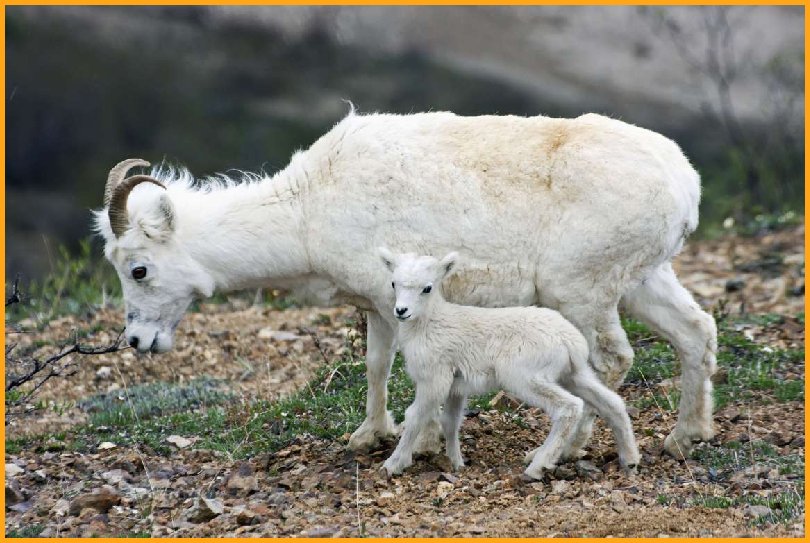
Dall Sheep
Found in: Denali National Park, Alaska
With their snowy white coat, the cute Dall Sheep has another standout feature: its horns. Males of the species have huge curled horns, which starts and stops (but doesn't shed) annually. As a result, you can often tell a male Dall Sheep's age by horn growth rings called annuli.
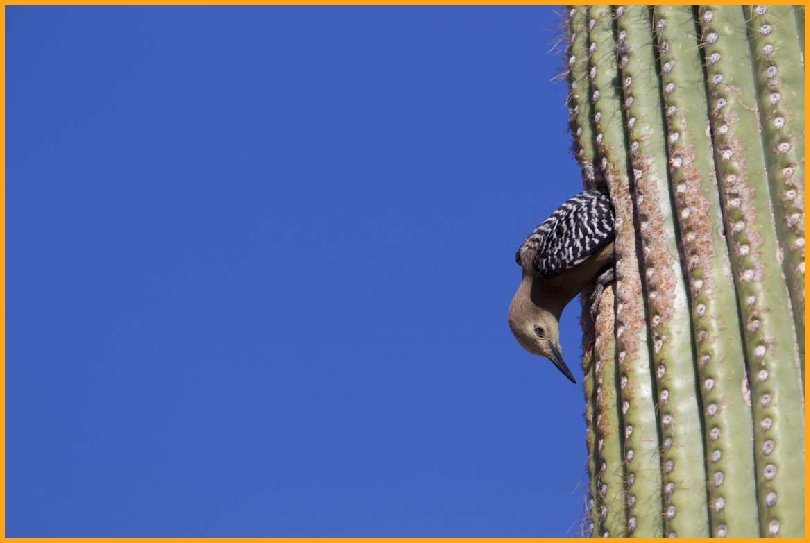
Gila Woodpecker
Found in: Saguaro National Park
Not all woodpeckers live in dense forests. The Gila Woodpecker likes to make its homes inside saguaro cacti. Though they eat mainly insects and the odd berry, they've adapted to nearby human populations in surprising ways. It's not uncommon to spot the Gila Woodpecker stealing dog food kibbles.
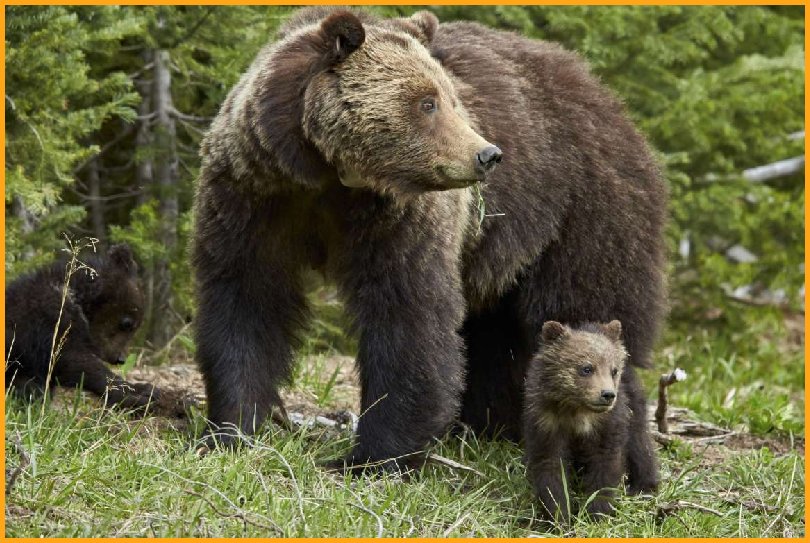
Grizzly Bear
Found in: Yellowstone National Park
The Grizzly Bear is an incredible, impressive creature. Their size is key to survival, especially when it comes to pregnancy. If a female Grizzly Bear fails to gain enough weight during pregnancy, the embryo will actually reabsorb into her body. Unfortunately, their populations have dwindled to less than 1,500 in the United States.
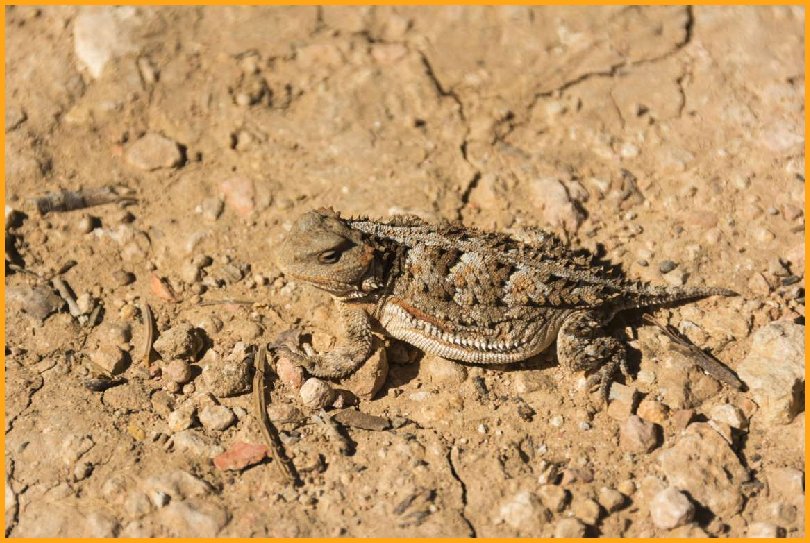
Horned Toad
Found in: Bryce Canyon National Park
Though your inner middle schooler might giggle at its nickname "horny toad," it would be more correct to call it a "horny lizard." (And you'd still giggle.) The "toad" in its name comes just from its resemblance to a toad's squat shape. Anyway, this isn't remotely close to being the most interesting thing about this lizard. When predators come near, it has two defense mechanisms: One is to inflate its body to twice its size, and the other is to, erm, bleed from the eyes.

Humpback Whale
Found in: Kenai Fjords National Park, Alaska
A Humpback whale sighting is like no other sighting. These massive whales can reach up to 60 feet in length, with pectoral fins of up to 15 feet long. Though large, Humpbacks are graceful and speedy. They can migrate from Alaska to Hawaii in as little as 36 days — a 3,000 mile trip.
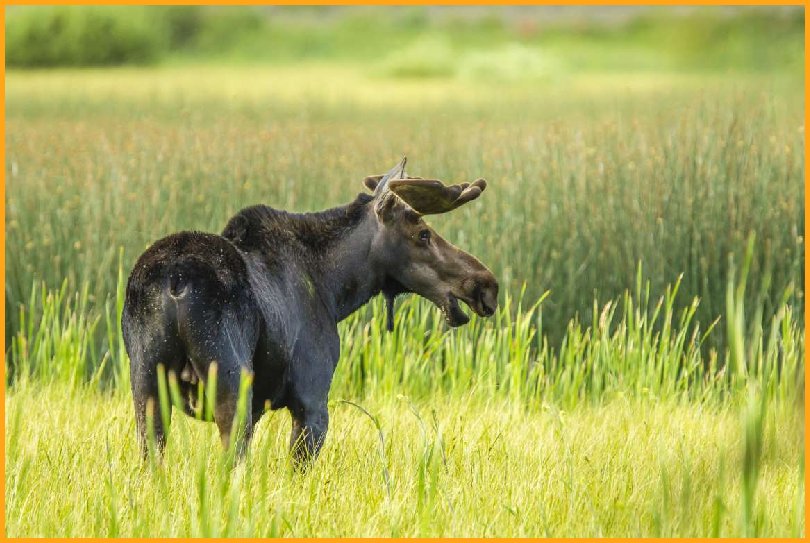
Moose
Found in: Grand Teton National Park
The largest of all deer species, moose can weigh up to 1,500 pounds. Such a size means they need to eat a lot of food. In the summer, they can consume up to 73 pounds a day of all sorts of vegetation.

North American Beaver
Found in: Grand Teton National Park
If beavers were people, they'd work in Silicon Valley. They're pretty much always busy building, eating, and building some more. And perhaps the greatest love stories in the animal realm are the beavers, since they mate for life (at least until their partner dies, where they find another mate).
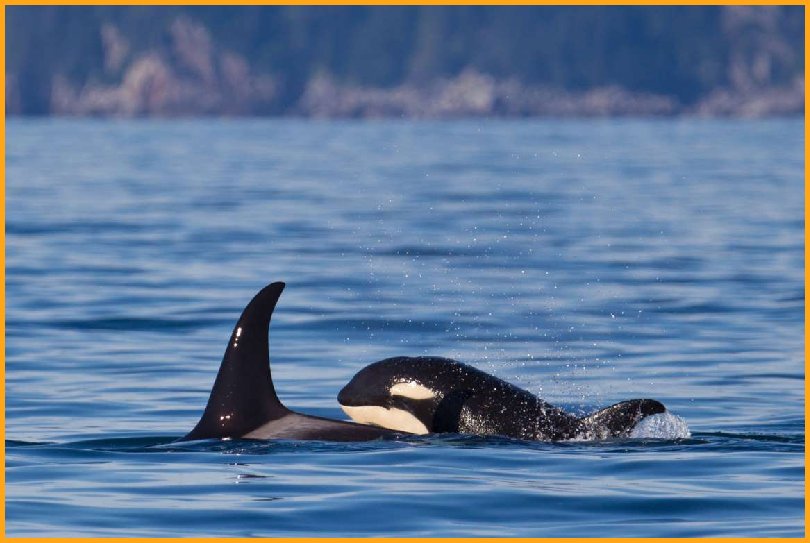
Orca
Found in: Kenai Fjords National Park, Alaska
Presiding over the top of the food chain with majesty, Orcas are the largest members of the dolphin family. Though groups can easily hunt and take down another whale, other groups of Orcas have varied diets that don't include other whales (but include sharks, seals, rays, and fish).

Osprey
Found in: Yellowstone National Park
Osprey are large hawks that are some of the best fishers in the animal realm. They use their long, hooked talons to grab live fish (which is 99% of their diet), and can hit the water with such force that it can completely submerge itself.
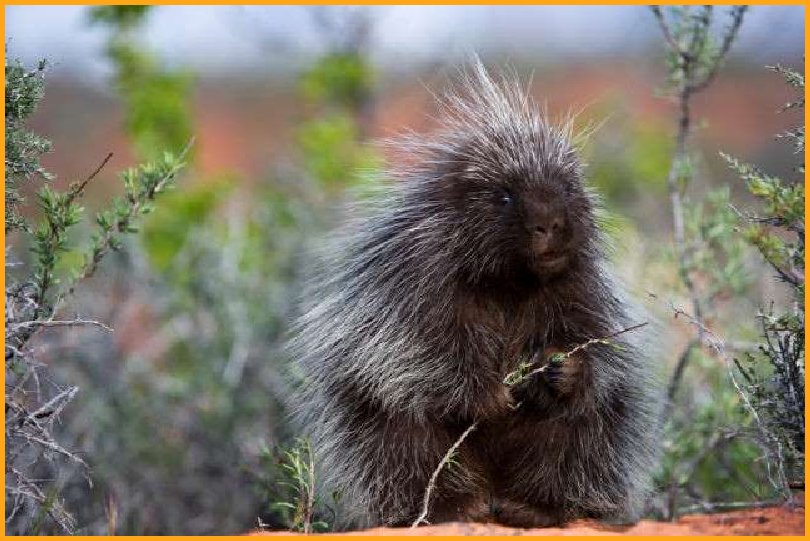
Porcupine
Found in: Zion National Park
Though we often see nothing but quills in cartoon versions of porcupines, their coats feature soft fur mixed in among the 30,000 quills. And contrary to popular belief, they don't throw off all those sharp quills when threatened. Instead, they swat their quilled tail at attackers (and may lose a few quills in the process).

Prairie Dogs
Found in: Theodore Roosevelt National Park
They're adorable, for sure. But prairie dogs have a tough side, making fast, tough fighters with sharp claws and teeth. Despite that, they live in tight-knit communities ... and perhaps that's why their yearly mating season lasts all of an hour.
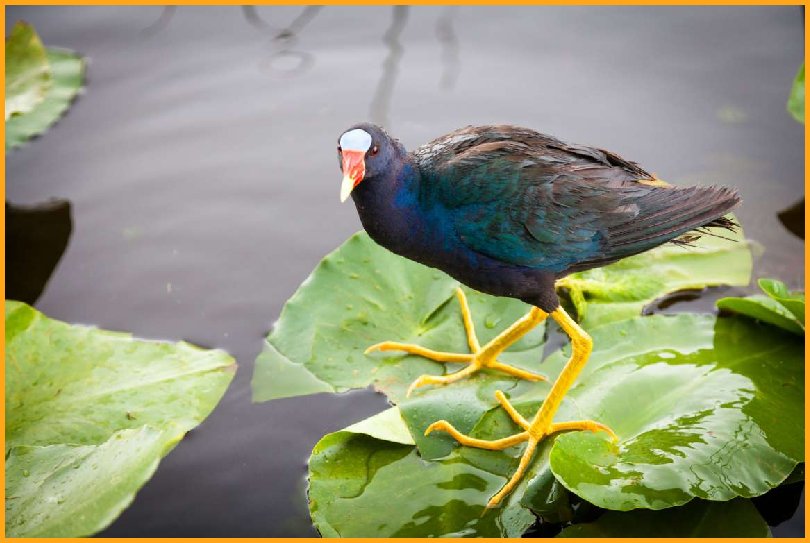
Purple Gallinule
Found in: Everglades National Park
Their vivid beaks and gorgeous feathers aren't the only remarkable thing about the Purple Gallinule. See those feet? They allow the birds to delicately walk across lily pads without sinking.

Red Fox
Found in: Grand Teton National Park
The stunning coat of the Red Fox isn't always red. At birth, the pups are either gray or brown, with a red coat growing in after that first month. However, some turn golden, reddish-brown, silver, or black.
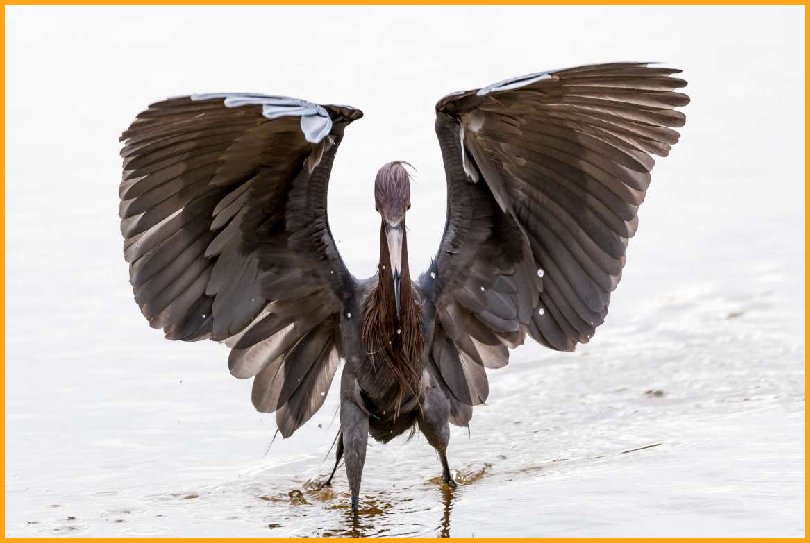
Reddish Egret
Found in: Everglades National Park
Though found in Everglades National Park, you can spot this interesting bird on the coast of Texas and some areas of Louisiana. The stance shown here has a great purpose (other than showing off its beautiful feathers), helping shield the water from glare so the Reddish Egret can hunt their prey a little easier.
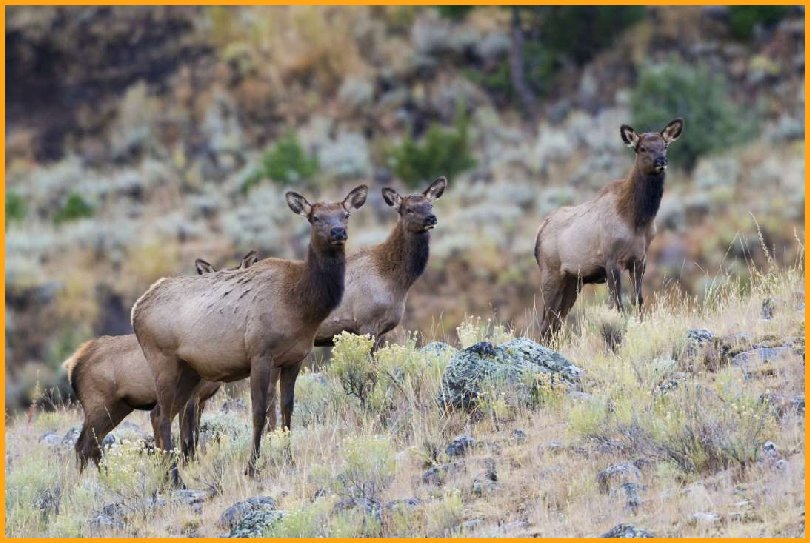
Rocky Mountain Elk
Found in: Yellowstone National Park
Rocky Mountain Elk may be spotted in Yellowstone, but they're the official state mammal of Utah. The most remarkable trait of the Rocky Mountain Elk can be heard every September (during their mating season), when the bulls emit really loud vocalizations called "bugles."

Roosevelt Elk
Found in: Olympic National Park
The largest herd of Roosevelt Elk (yes, they were named after President Theodore Roosevelt) in the Pacific Northwest can be found at Olympic National Park. Of all the elk in North America, the Roosevelt Elk is the largest type. Males average about 875 pounds, with females weighing in around 700 pounds. The males also have super-huge antler racks that can grow up to 6 feet.
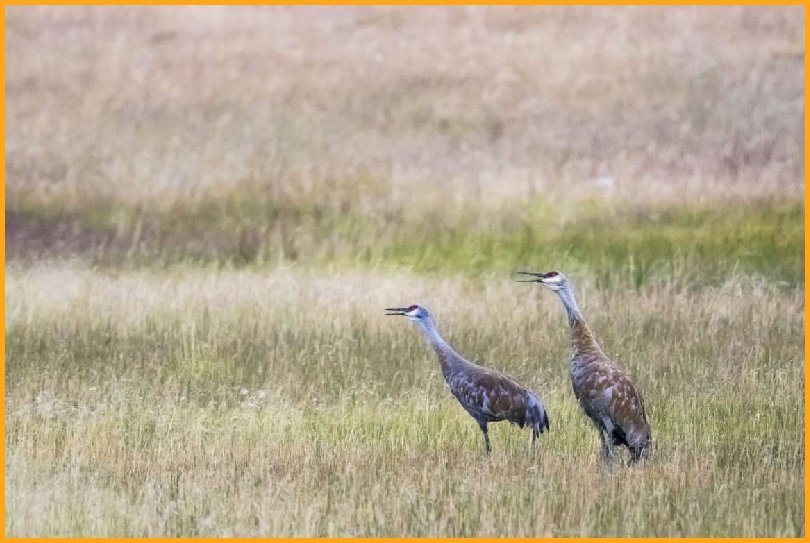
Sandhill Crane
Found in: Yellowstone National Park
Though they can't take a bad photo, the Sandhill Crane are some of the most common cranes in the world. We can likely include "across all time" in that statement, too. Fossils dating back from the Miocene Epoch (10 million years ago) show an animal with the same structure as the Sandhill Crane.

Western Scrub-Jays
Found in: Joshua Tree National Park
Its bright blue feathers make the Western Scrub-Jay easy to spot, but you might hear it first. The Western Scrub-Jay treats the world to a variety of harsh calls.
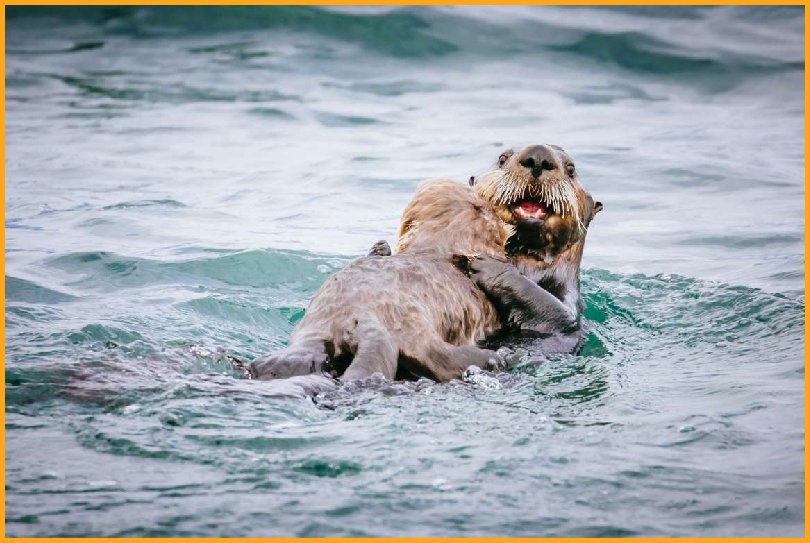
Sea Otter
Found in: Glacier Bay National Park & Preserve
The playful sea otter can live its whole life without leaving the water — really. It may be because the sea otter has the densest fur of any animal on earth, with a million hairs per square inch. A million!

Swift Fox
Found in: Pawnee National Grassland Colorado
The smallest wild dog in North America, the swift fox weighs in under 7 pounds at its heaviest. Once a common sight in the grasses of the Great Plains, swift foxes have experienced an unfortunate decline in population.

Green Sea Turtle
Found in: Puuhonua O Honaunau National Historical Park, Hawaii
Whether taking a swim or hanging out on the beach, the Green Sea Turtle is one of five sea turtles in Hawaii. They can weigh up to 700 pounds, making them among the largest sea turtles in the world.

Trumpeter Swan
Found in: Yellowstone National Park
Stretching up to 6 feet in length, the Trumpeter Swan is a truly spectacular sight. But their significant size makes it a little difficult to fly. The Trumpeter Swan needs a 100-meter "runway" to generate enough speed for takeoff.
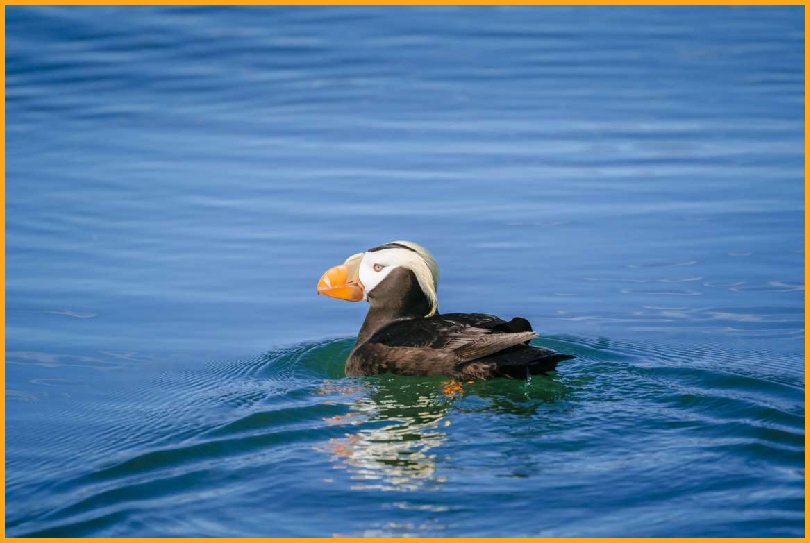
Tufted Puffin
Found in: Glacier Bay National Park & Preserve
Identifiable by its distinctive beak and generally unimpressed-looking expression, the Tufted Puffin has won many fans. They also win hearts among their mates by forming super-strong pair bonds to care for their wee puffins.
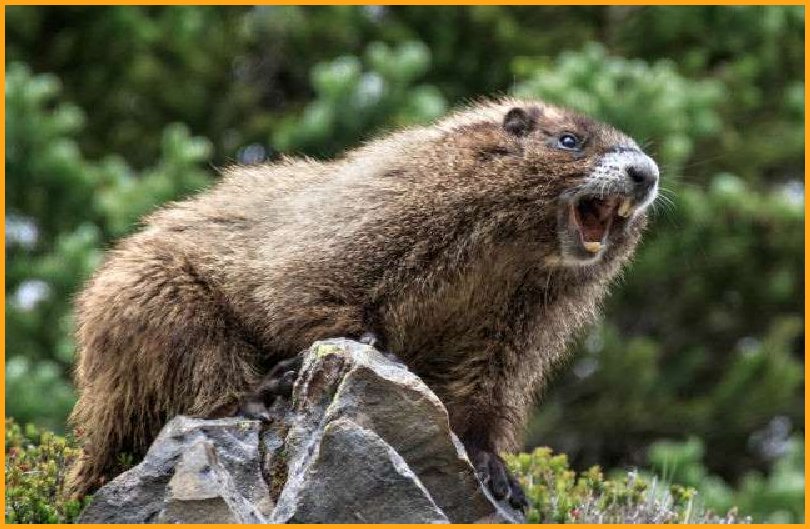
Hoary Marmot
Found in: Mount Rainier National Park
The Hoary Marmot is another animal that's seen AND heard. Its nickname is the "Whistling" Hoary Marmot, mainly for its range of vocalizations that include whistles.
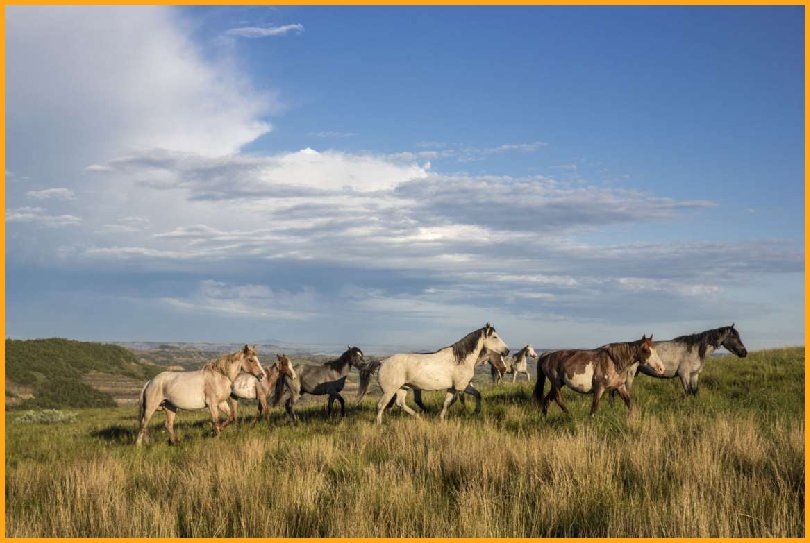
Wild Horses
Found in: Theodore Roosevelt National Park
Preserved as a cultural resource, the wild horses of the Theodore Roosevelt National Park look much like the wild horses first observed by President Theodore Roosevelt in the 1880s. Though they're commonly referred to as wild horses, the more correct term is "feral horses," since they've descended from domesticated animals.
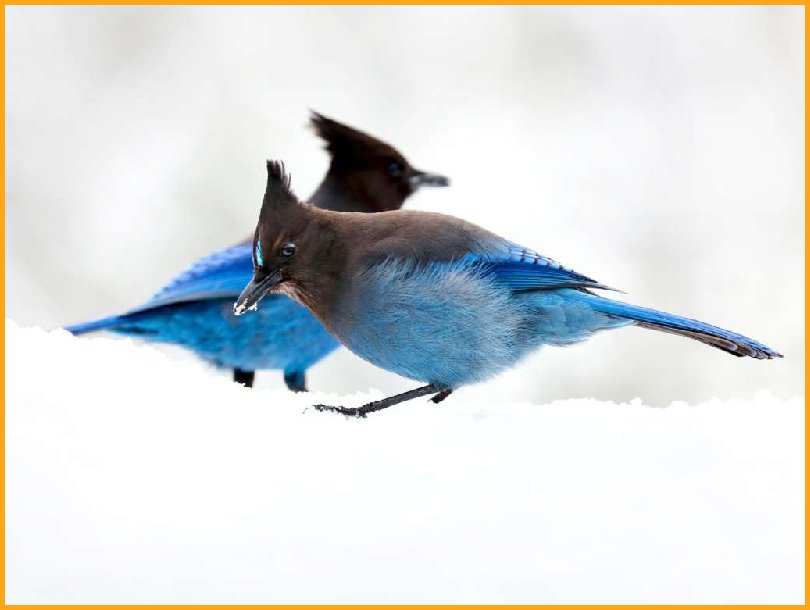
Steller's Jay
Found in: Mount Rainier National Park
These pretty blue-and-black birds are very, very crafty. They can mimic other birds, squirrels, cats, dogs, chickens, and even machinery. Oh, and they can grab your picnic food in a blink.
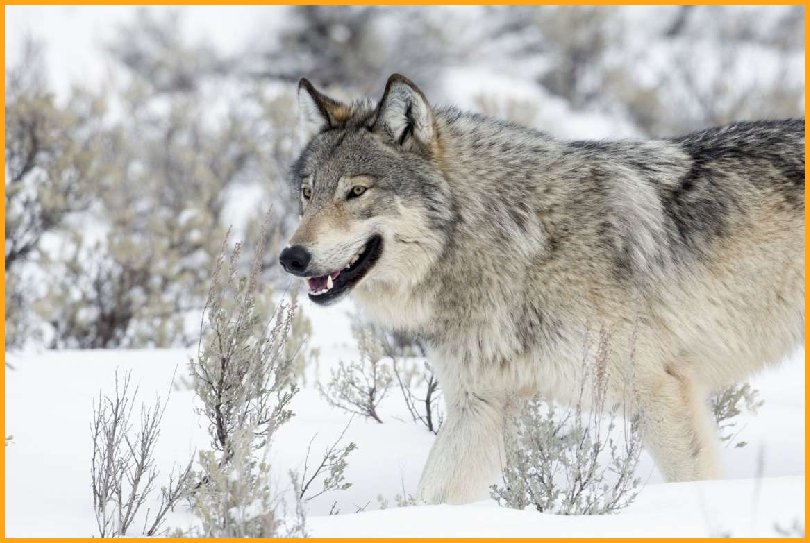
Wild Wolves
Found in: Yellowstone National Park
Though you've heard the term "lone wolf," wild wolves travel in packs of up to thirty. They can also cover a truly impressive amount of ground of up to 12 miles in a single day. No wonder they have to howl to communicate.